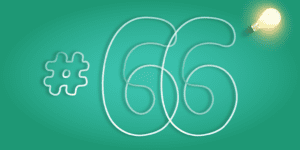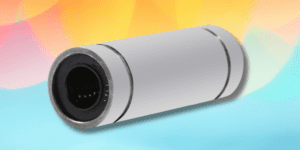Modern ways to preserve historical memory
A visit to a museum enables you to experience the past first-hand and learn about how the world used to be. Extinct species of animals and plants, antique ceramics and architectural elements, and even ancient weapons and machines – these are only a few of the attractions to be found in museums around the world.
However, despite the curators’ best efforts, not all the exhibits have been preserved in perfect condition. Worse still, some of them have not stood the test of time or have been irretrievably lost. Fortunately, thanks to innovative technologies such as computer modelling, laser scanning and 3D printing, it is now possible to accurately recreate lost artefacts.
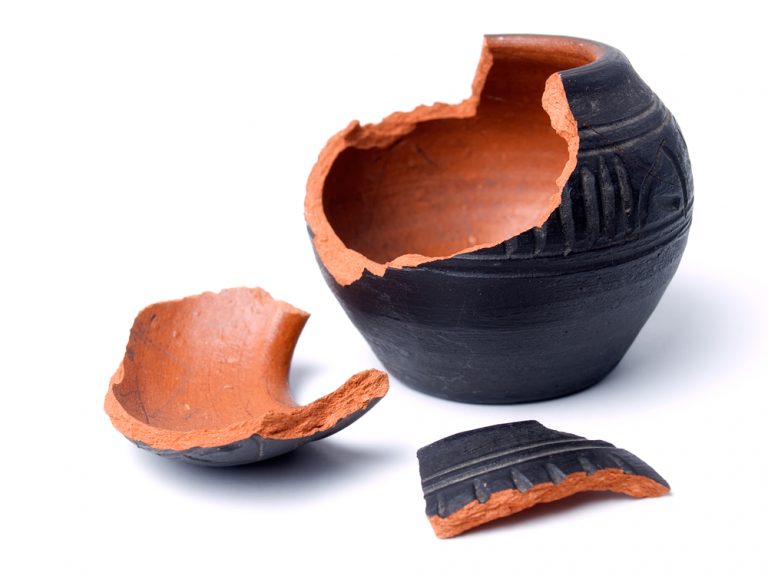
New technologies are helping archaeologists to reconstruct the remains found in archaeological excavations – many excavated items are damaged or simply incomplete, making them unsuitable for museum display.
Instead, scientists try to create an accurate, fully three-dimensional model that reflects the source material. Using the benefits of 3D printing, they can make faithful copies of artefacts that can be placed in a museum exhibition with a clear conscience.
The best example of this can be the effects of the Naturalis Biodiversity Center museum located in the Netherlands. Its employees, using 3D printing and advanced optical scanners, have reproduced the skeletons of many dinosaurs. The most impressive of them is the legendary Tyrannosaurus Rex, whose complete skeleton was made entirely of PLA.
3D printing allowed us to reflect the silhouette of the prehistoric zauropsid in a completely natural way, while maintaining scale and proportions. No wonder, then, that the T-Rex has become a showpiece of the facility, which constantly attracts crowds of new visitors.
Interestingly, any interested person can take advantage of the Naturalis museum’s achievements and, using the instructions published on their website, create their own copy of the dinosaur. As you can see, 3D printing can also be a great way to preserve memories on a slightly smaller scale.
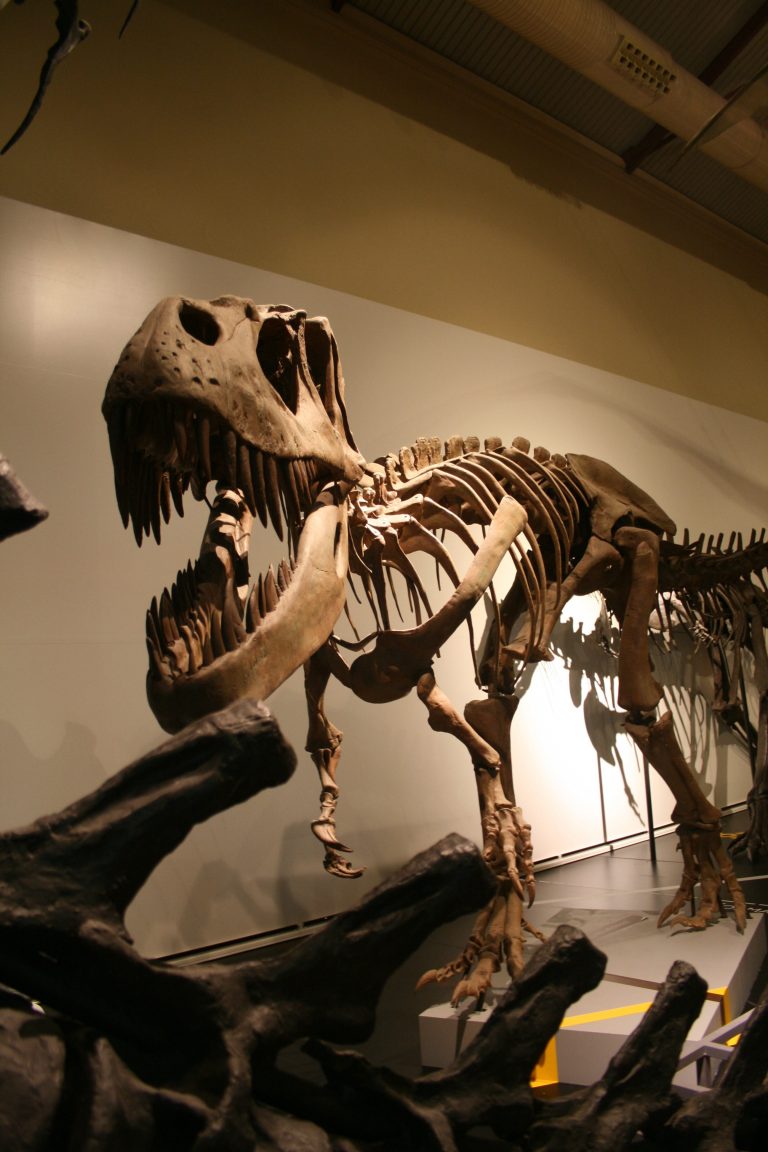
3D printing combined with casting techniques brings history to life
While 3D printed objects can perfectly replicate the shape and texture of virtually any monument, museum visitors expect more. This something is the maximum degree of authenticity, which can only be achieved with materials from a given era. After all, it is hard to imagine that thermoplastics were used in ancient Greece.
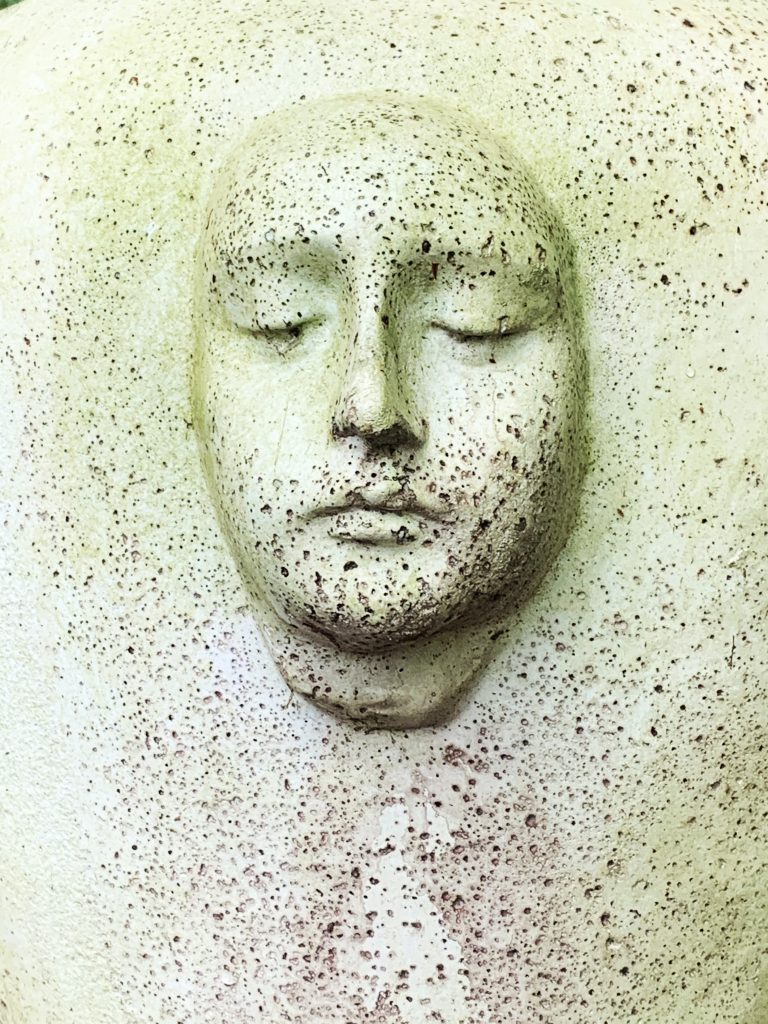
A similar approach is adopted by many museums around the world, which use computer modelling and 3D printing to produce exact duplicates of museum exhibits. Then, on the basis of such models casting moulds are created, with the help of which plaster or ceramic replicas can be made.
However, 3D printing allows for much more, the best example of which is the possibility of using the so-called “lost wax” method. It consists in preparing an exact copy of a given monument using wax. In the past, each such die had to be carved by hand, but thanks to the possibilities offered by modern 3D printing, it is possible to print a replica from a special filament produced on the basis of wax. Then, it is only necessary to place the prepared matrix in the casting mould and add the molten metal alloy. Once the cast has cooled down, all that needs to be done is to extract the resulting piece, clean it and, if necessary, subject it to further processing.
Using the lost wax method and 3D printing technology not only speeds up the work, but also significantly reduces the associated costs. This is due to a simple relationship – to repeat a failed casting, you only need to print a new mould. 3D printing also makes it possible to make corrections very quickly. Therefore, if the original iteration of the replica had any flaws or shortcomings, it will only take a few minutes to fix them instead of several working days.
How useful was this post?
Click on a star to rate it!
Average rating 0 / 5. Vote count: 0
No votes so far! Be the first to rate this post.


